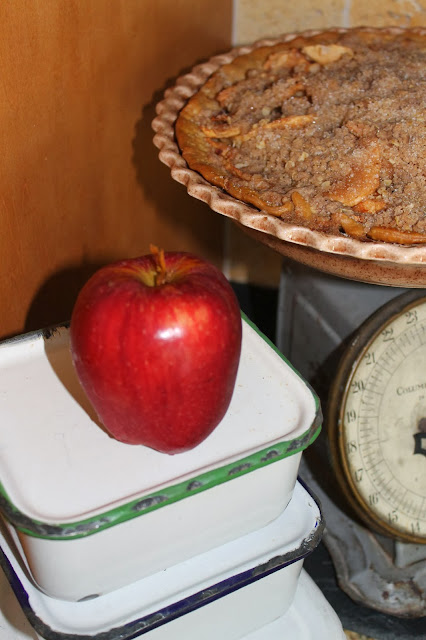It's that time of year again, meaning school auction time. I needed to come up with one idea this year, because I have the components to make a past project for the other school for their annual auction.
I went out to the garage to find inspiration in the 'heap' as I call it. This pile has been whittled down, but there is still a lot of potential there. My eyes focused on one of the two kitchen cabinet doors that I bought in Little Rock for $2.50 a piece.
Notice the hole smack dab in the middle of the door. No problem. Spackling compound will fill that imperfection.
Originally, I was going to make a bed tray with one of the doors. It just didn't feel right.
These white legs actually came off the original white bench that Mr. Thrifty made out of a headboard.
Eventually these legs will find their way onto another project, just not this one.
You might recall the bench. Here it is pictured with its new legs.
Back to work.....
So climbing up the stairs, I pulled my tub of china mosaics out.
Two sets of handles were pulled from my 'doors and knobs' bucket. Every visit to Habitat for Humanity leads me to the hardware area. You never know when you will find them, so stock up while you can. Normally these recycled handles cost about 50 cents a piece.
I was ready to go.
The great thing about creating mosaics is that the products you need last a very long time, so once you have the initial investment, future projects are made at a minimal cost.
Initially, I purchased tile nippers, a box of non-sanded grout, tile adhesive, and grout sealer.
Because I already have the china mosaics, no cost was incurred there either.
Notice the screw holes on the back of the cabinet door. Spackling compound to the rescue. You will not even see these again.
The molding on the front of the door has some dings.
Here is my first pair of handles. I think they have too much flourishing. Try again.
I settled on this kind of handle. It will look completely different once it has some Annie Sloan paint applied. I can't wait to see the transformation!
Putting the spackling compound to good use......
Once the holes are filled and dried, a good sanding is all that is needed prior to a spray primer coat.
Since the middle of the door will hold the mosaics, I'm not going to waste my spray primer.
In the next step I will measure holes for the handles. Then drill and dry fit your handles and screws in the back of the tray. This is a step not to miss. You will avoid issues when the entire piece is done. It is a lot harder to work with a finished tray than before you glue down the mosaics.
One quick coat of Annie Sloan pure white paint is applied to the cabinet door. Notice how smooth the back of the door/tray looks-no more screw holes from the hinges.
After sanding lightly with 220 grit sandpaper, apply one more coat of white paint. Remember to paint the handles too. After they are dried, lightly distress with the same sandpaper.
It was time to cut my mosaics and fill the insert on front of the cabinet door.
Then using the tile adhesive, take a putty knife, and coat the inside of the moulding area and sit the china mosaics in place.
Notice the excess adhesive squeezing out between the china pieces. This is the time to take a screwdriver and clean this up. You want the adhesive to be below the china line so it will be able to accept the un-sanded grout.
Notice the distressing of the painted edges.
I use a clean yogurt container to mix up the grout. Directions are so easy. Mix up, let sit for 5-10 minutes, re-stir and then get ready to apply over the mosaics.
I never measure the dry grout. My clue to texture is that it should feel like peanut butter. That works every time.
Here my young helper dumps the grout onto the mosaics.
The first step is to spread out the grout with a putty knife.
To ensure that there are no air bubbles, I jump in and spread the remaining grout with my fingers.
Immediately, I get a damp rag and start cleaning each china mosaic getting rid of the excess grout. Notice the left side of the tray has not yet been cleaned.
Rinse out the rag and dispose of the liquid in the toilet. Cleaner water helps clear the grout lines quicker.
I love the effect of the iridescent tiles catching the sunlight.
At this point, I let the tray dry for at least a week before sealing the piece.
Then the handles are attached.
Using a grout sealer will keep the grout from dirt and debris.
Pour a small amount of sealer into a plastic container.
Using a small paintbrush, liberally paint the grout area only. If you coat the tiles, wipe them quickly to avoid a hazy coat of sealer.
Notice the small amount of sealer used on this piece.
The last thing to add are the foot pads. These are just cabinet door pads used in normal cabinetry. The pads will keep the screws from scratching a surface.
Another look of the back of the finished tray.
The completed tray.
The tray would be a perfect coffee table tray or maybe even for a dressing table.






















































